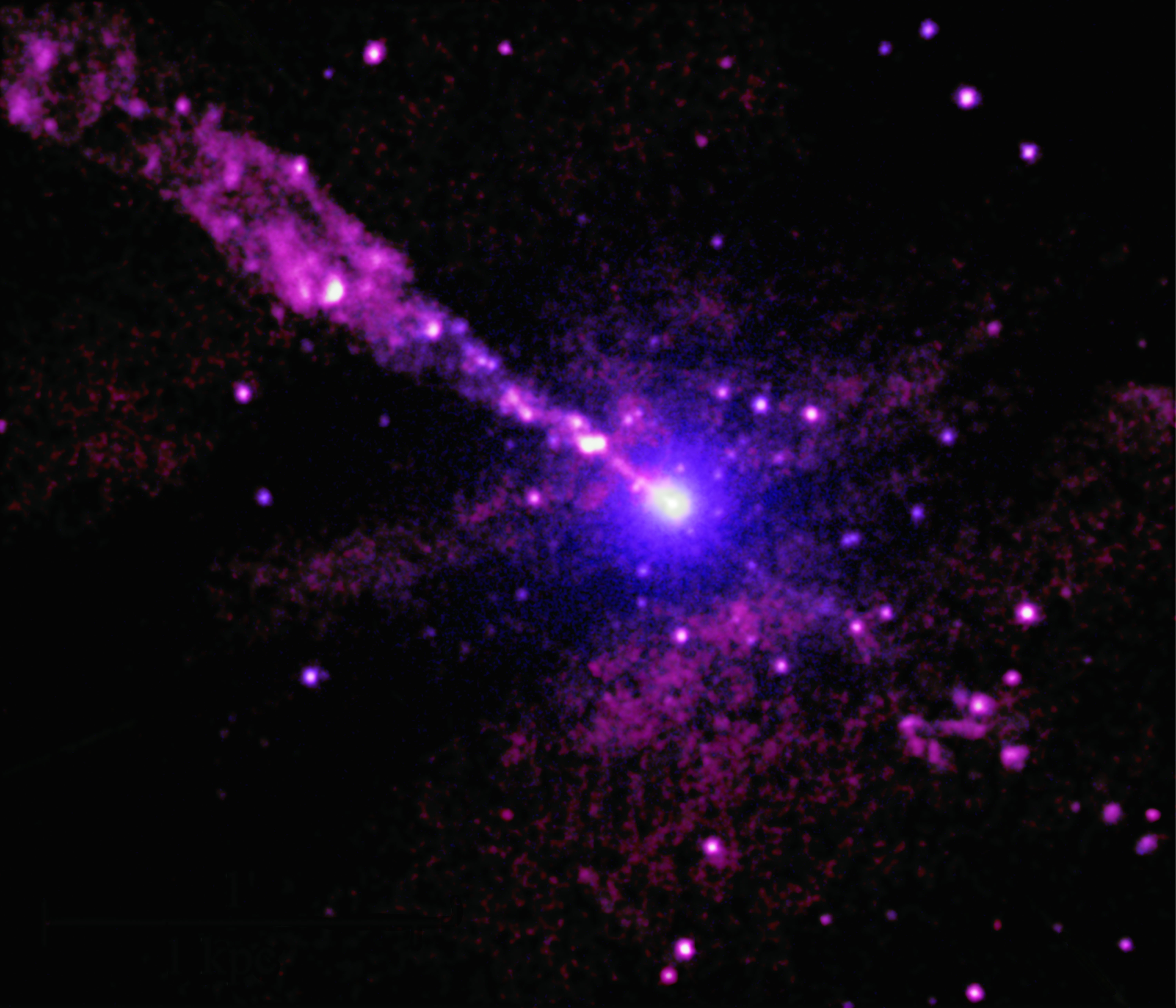
Using NASA’s Chandra X-ray Observatory, astronomers have found an unusual mark from a giant black hole’s powerful jet striking an unidentified object in its path.
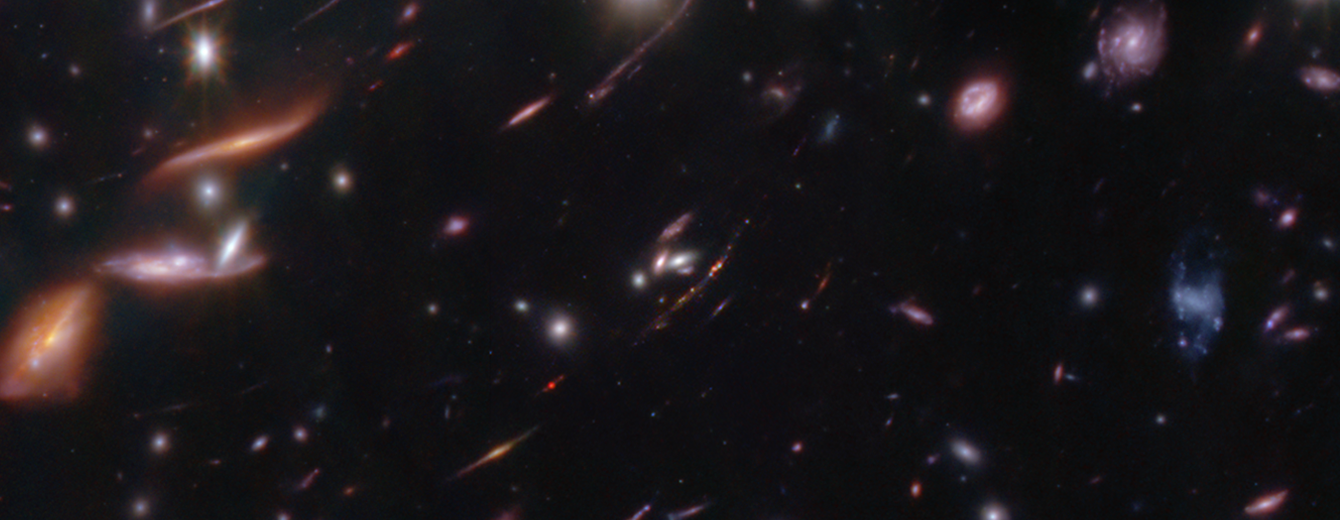
For the first time, NASA's James Webb Space Telescope has detected and "weighed" a galaxy that not only existed around 600 million years after the big bang, but is also similar to what our Milky Way.

NASA's Curiosity Mars rover viewed these yellow crystals of elemental sulfur using its Mast Camera. The discovery marks the first time this mineral has ever been found in a pure form on Mars.

New findings using data from NASA's IXPE mission offer unprecedented insight into the shape and nature of a structure important to black holes called a corona.

Astrobiologist Dirk Schulze-Makuch believes that humans may have unintentionally killed life on Mars in the 1970s.
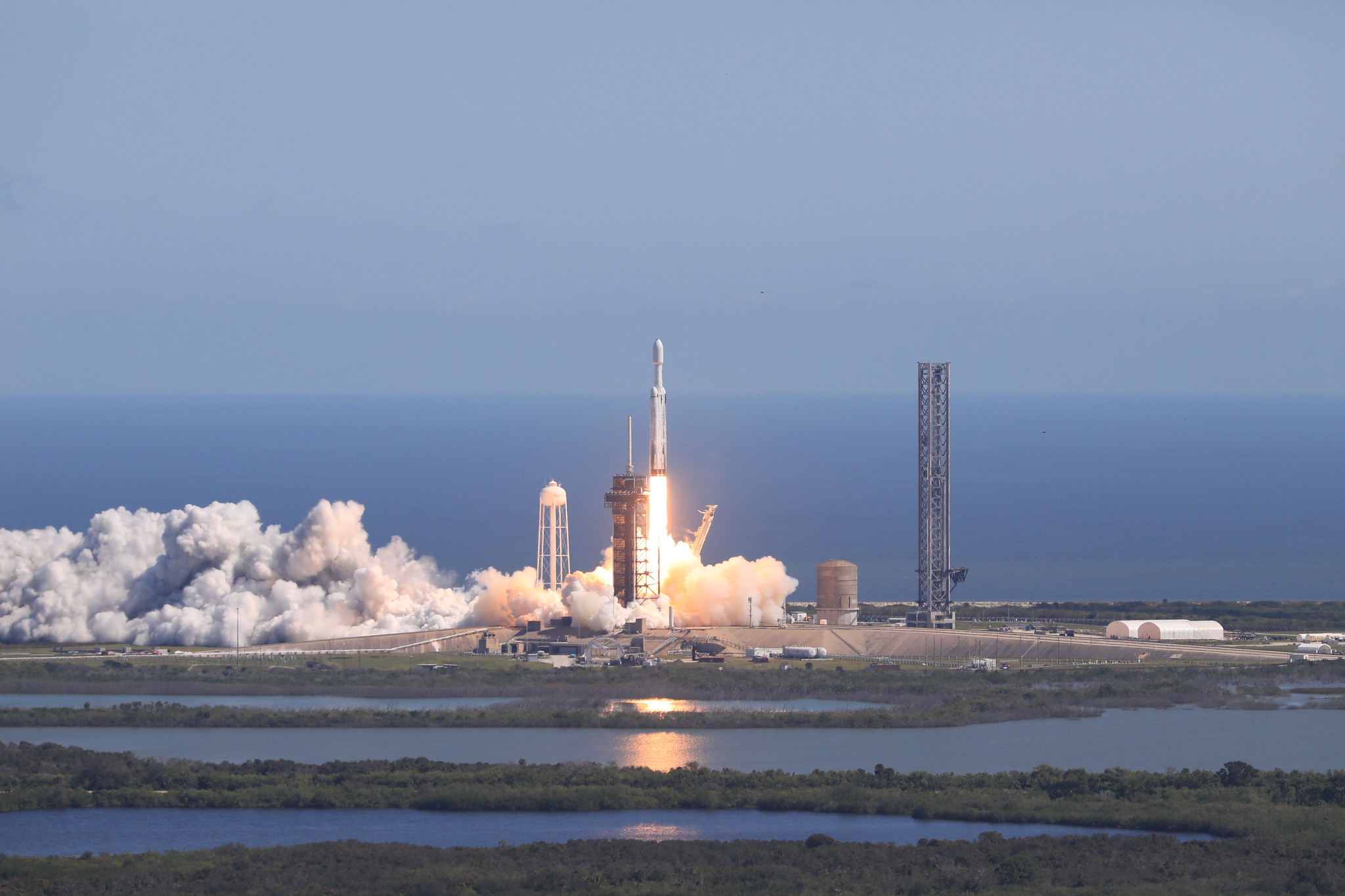
NASA’s Europa Clipper has embarked on its long voyage to Jupiter, where it will investigate Europa, a moon with an enormous subsurface ocean that may have conditions to support life.
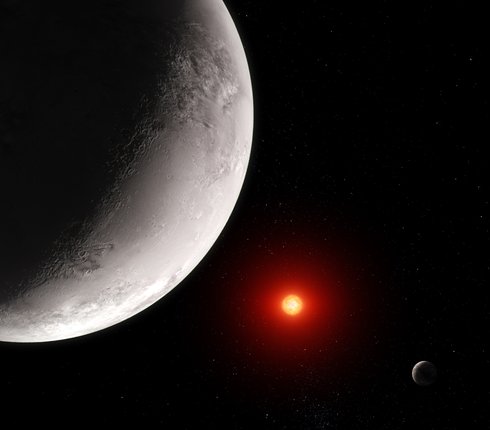
A new NASA-led study suggests that a potential exomoon may be orbiting the exoplanet WASP-49 b, a gas giant located 635 light-years from Earth. The possible exomoon is believed to be rocky and volcanically active, similar to Jupiter's Io.

A solar sail is designed to capture the tiny amounts of radiation pressure exerted by sunlight to propel a spacecraft to incredible speeds.

An international team of scientists has successfully measured a planet-wide electric field thought to be as fundamental to Earth as its gravity and magnetic fields.

Nasa has announced the first detection of possible biosignatures in a rock on the surface of Mars.

Our CO2 emissions are warming the planet and making life uncomfortable and even unbearable in some regions.

To celebrate the 25th anniversary of its launch, NASA’s Chandra X-ray Observatory is releasing 25 never-before-seen views of a wide range of cosmic objects.

July 22, 2024, was the hottest day on record, according to a NASA analysis of global daily temperature data. July 21 and 23 of this year also exceeded the previous daily record, set in July 2023.
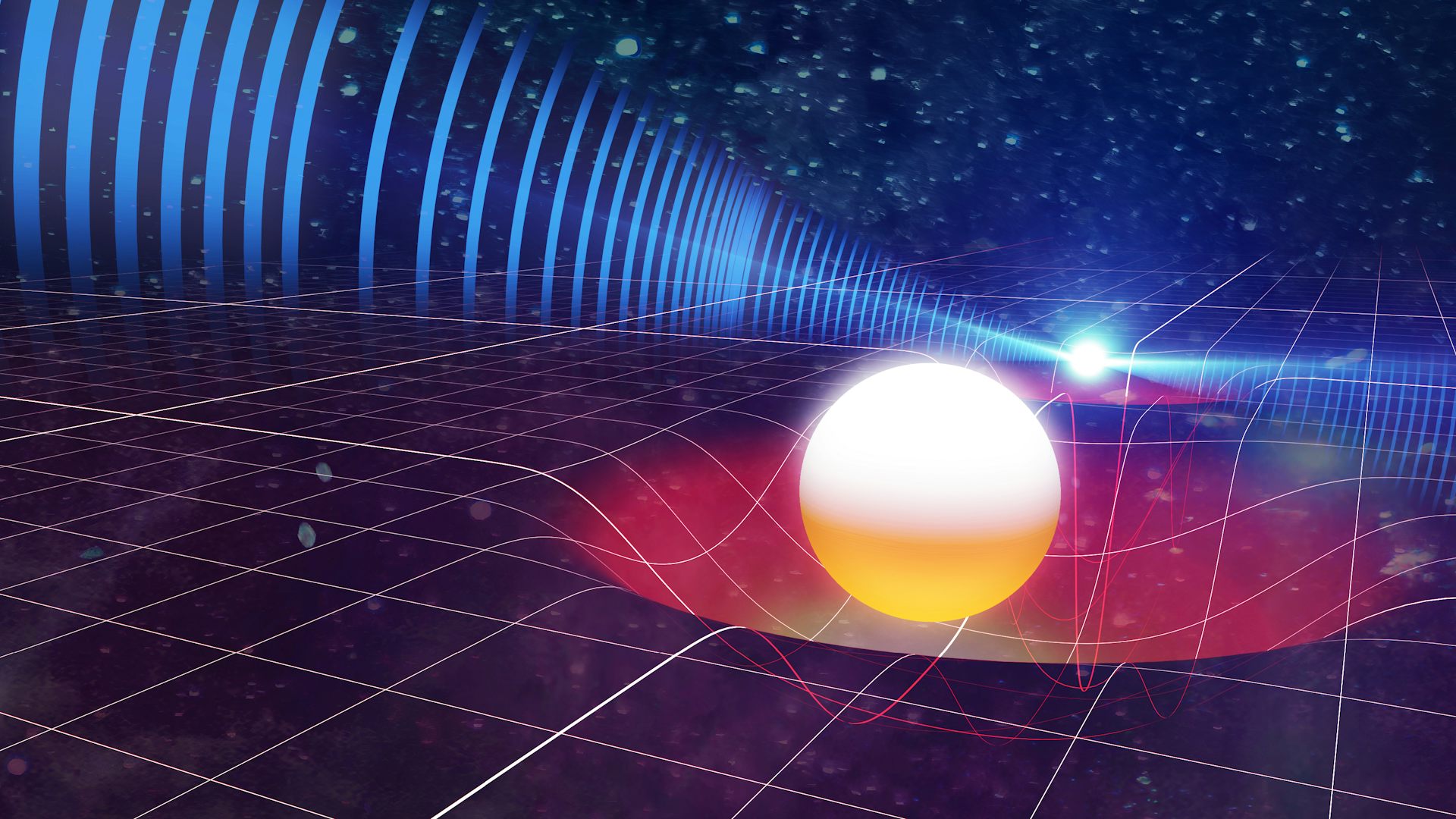
Neutron stars are some of the most extreme objects in the universe. Formed from the collapsed cores of supergiant stars, they weigh more than our Sun and yet are compressed into a sphere the size of a city.

NASA's Global-scale Observations of the Limb and Disk (GOLD) mission has revealed unexpected C- and X-shaped formations in an electrified layer of gas high above our heads called the ionosphere.